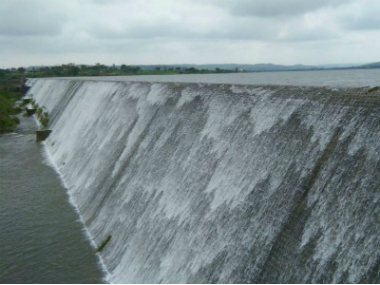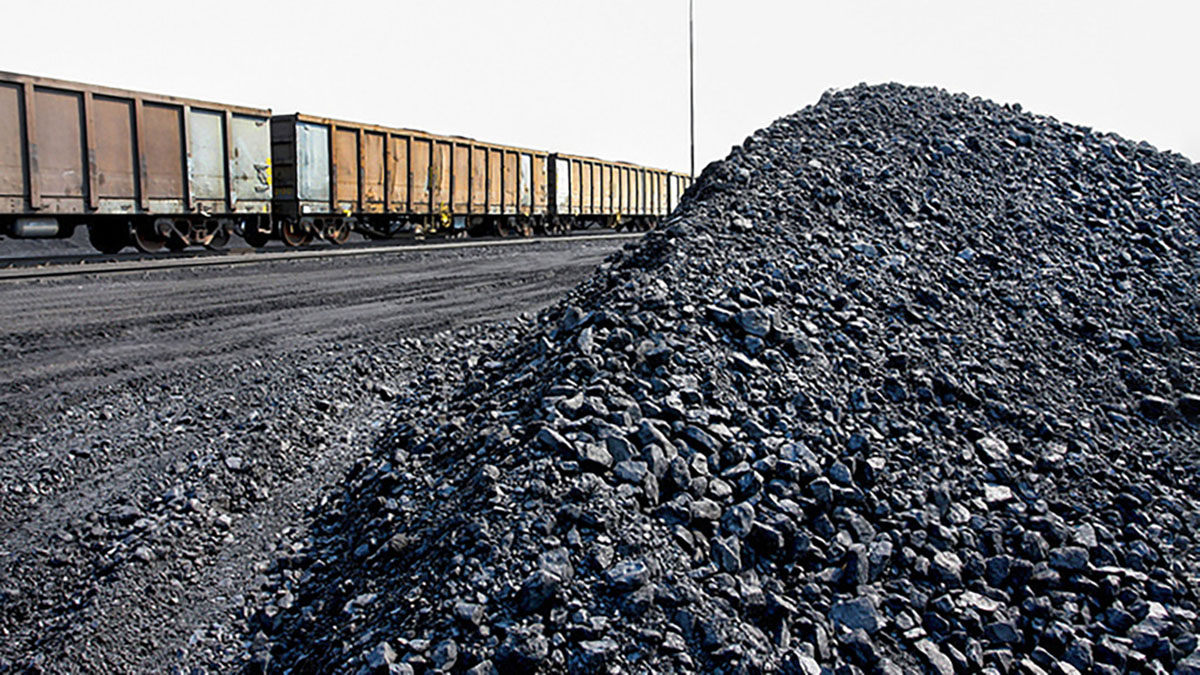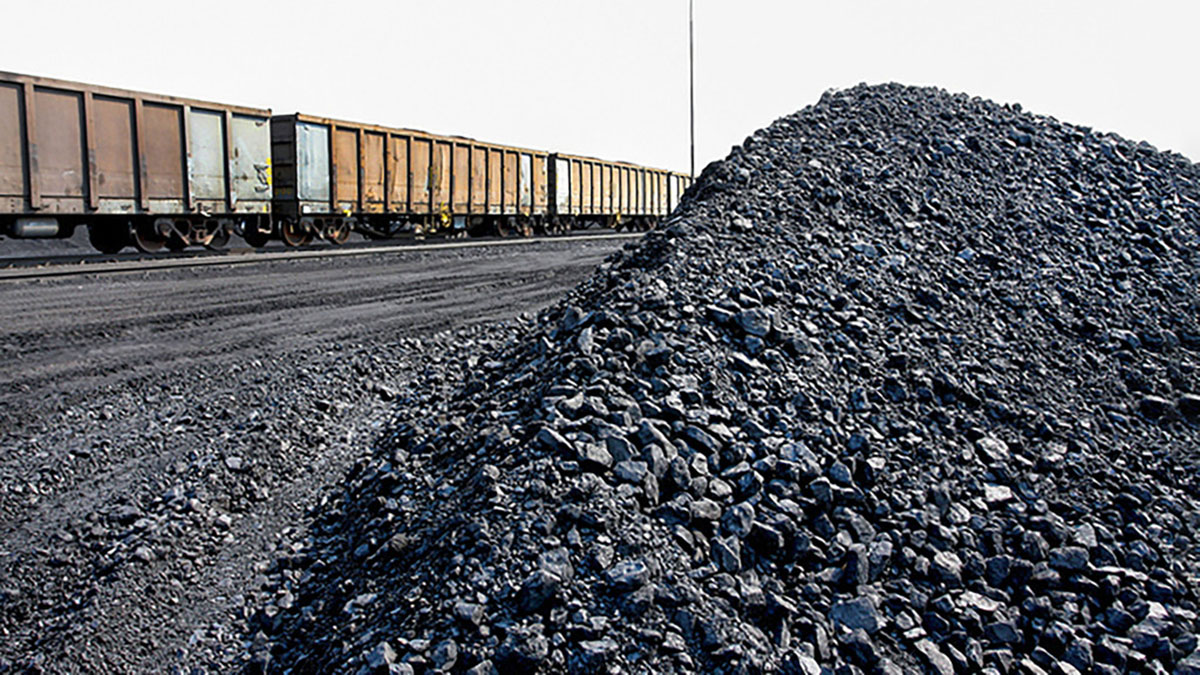Incessant rains in the last 10 days have brought relief to the water-stressed Marathwada region which has been suffering from drought for the past four years.
Given the excessive flow of water, the authorities have opened the gates of the dams at various places in the drought-prone region of Maharashtra.
According to the IMD data of the past week, Latur – one of the worst-hit districts – received 161 mm rainfall which is 350 percent more than the normal rainfall. While Parbhani (143.6 mm), Osmanabad (139.9 mm), Hingoli (92 mm), Aurangabad (78.2 mm), Beed (122 mm) received near or more than 200 percent rainfall than expected. Nanded and Jalna received 101.3 mm and 74.8 mm respectively.
According to The Indian Express , about 90 smaller projects in Osmanabad and 17 medium-size dams are overflowing. The newspaper quoted Latur’s deputy municipal commissioner Sambhaji Waghmare as saying that the city will now get more regular water supply as Manjara dam has filled up beyond 70 percent and Manjara river too has enough water. The residents will get tap water every five-six days, Waghmare said.
The IMD department has predicted very heavy rainfall in isolated and most of the places in the region till 29 September.
Water level of Jayakwadi Dam, one of the biggest dams in Marathwada region, rose up to 52 % of its total capacity. pic.twitter.com/x8DuAtQ41s
— ANI (@ANI) August 5, 2016
What is causing this deluge?
“Formation of the low-pressure belt in the Bay of Bengal has caused this deluge in Marathwada and various places in Telangana and Andhra Pradesh. It will continue till 29 September,” UN Alse, agronomist and professor with Parbhani’s Vasantrao Naik Marathwada Agricultural University said.
“The last two or three days have seen almost 250 mm of rainfall in some places. Many crops like soybean and black grams were damaged in such places,” Alse told Firstpost.
These excessive rains have almost solved the drinking water woes and its daily usage of the people in Marathwada, but in some places, it has destroyed crops like soybean, cotton, black grams etc.
Vaibhav Sahane, farmer from Nanded, told Firstpost: “It’s been raining continuously since 10 days. Moong, black grams in my field have been completed destroyed due to excessive rains. Soybean is almost destroyed. People near the rivers were even told to evacuate.”
“Although it’s nice that it has solved our drinking water issues, but it has damaged crops a lot,” he said.
Changing climatic patterns
Is it not strange that till June 2016, the regions or states that were suffering from extreme drought are now facing deluge? A recent article in Down To Earth studied the changing nature of the floods and extreme rain events that we should be worried about.
Sunita Narian, environmentalist and the editor of Down To Earth, writes that it is essential that we understand the “newness” in the growing numbers of “very heavy” rain events.
Narian highlighted the fact that the mismanagement – permitting encroachments on the riverbeds, drains, and storage lakes – have caused the floods to destroy several parts of the country.
States like Andhra Pradesh, Telangana, Karnataka, Bihar, Rajasthan, and Uttar Pradesh which had been suffering from drought earlier in April are now receiving heavy rainfall.
Agronomists, environmentalists, agricultural scientists have long been stressing on the repercussions of the climate change. For the past two years , extreme weather events like hailstorms, heat wave, frost, unseasonal and erratic rains have played havoc with agriculture in Maharashtra. And now the state has received normal to very heavy rainfall.
Fifteen deaths in rain-related incidents, including seven in a house collapse, were reported in Madhya Pradesh, while Telangana toll rose to 11 with rescue operations still underway.
So, while some are rejoicing as the rains have finally made their solid presence felt in Maharashtra and several parts of the country, we should not ignore that the climate change is the manipulating force behind it.


)




)
)
)
)
)
)
)
)